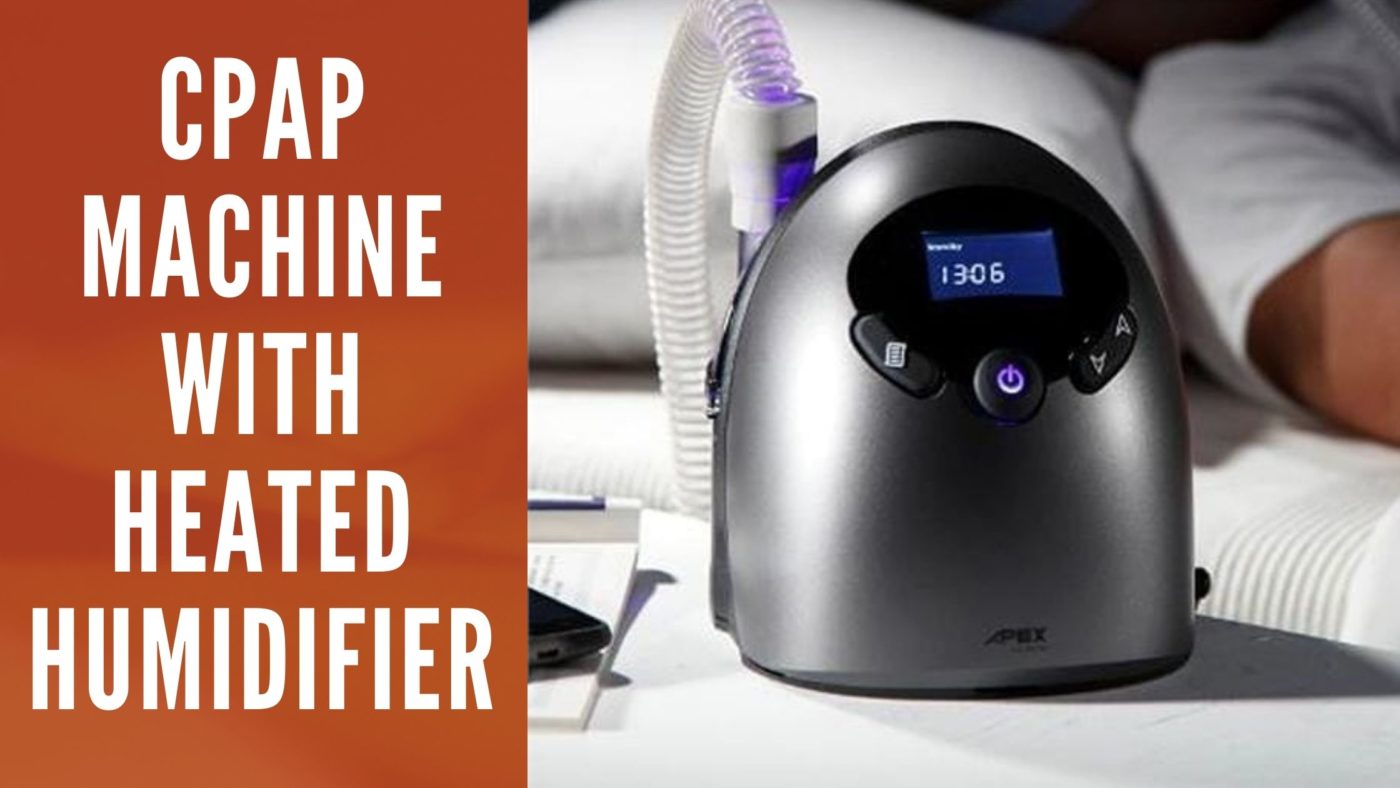CPAP Machine with Heated Humidifier
Reasons, Indications and Applications of An Auto CPAP Machine With A Heated Humidifier
CPAP therapy is the most effective treatment for obstructive sleep apnea (OSA). Most people, however, are unaware of the need for a heated humidifier. Why would someone require a CPAP machine heated with a humidifier? Continue reading to learn more about the signs and reasons that you require a dependable auto CPAP machine with a heated humidifier for a good night’s sleep.
The Benefits of a CPAP Machine Heated Humidifier
A CPAP machine can usually function without a heated humidifier. Having an auto CPAP machine with heated humidifier on hand, on the other hand, maximizes comfort. The added comfort helps to improve the quality of your sleep at night while also increasing adherence to sleep apnea therapy.
An auto CPAP with heated humidifier alleviates the difficulties associated with using CPAP machines without heated humidifiers, such as sleep apnea therapy issues including dry nasal passages, dry throat, congestion, nosebleeds, nasal stuffiness, and dry mouth. Typically, such problems arise as a result of inhaling dry, pressured air through the CPAP machine.
Breathing in dry air can aggravate colds, allergies, and sinus infections by producing nasal passage inflammation and swelling. By hydrating the air being inhaled, heated humification helps to decrease such difficulties.
An automatic CPAP machine with heated humidifier heats the air as well, making the sleep apnea patient more comfortable in the mask. It reduces the discomfort associated with wearing the mask, allowing the patient to reap the full benefits of using a CPAP machine.
Breathing in hot air also helps to maintain the temperature within the mask, lowering the odds of condensed water accumulating and splashing out unexpectedly.
Heated humification is often used in locations with low humidity. Also, during the summer, persons undergoing sleep apnea therapy may not require hot humification.
Uses of A CPAP Machine with A Heated Humidifier
Using a CPAP machine with heated humidifier goes beyond eliminating the shortcomings of a CPAP machine without heated humidification. It entails improving the chances of sleep apnea patients complying with the instructions offered for their therapy. Most patients tend to discard the instructions by skipping using the CPAP machines due to the associated discomforts. For this reason, the value of adding some comfort to the CPAP machine cannot be overestimated.
Encouraging adherence to the sleep apnea therapy instructions by using an auto CPAP with heated humidifier also helps reduce the risks of living with obstructive sleep apnea (OSA). A compliant patient helps reduce the chances of falling victim to more serious health issues alongside the side effects of poor sleep.
Final Thoughts
Untreated OSA is a major health risk whose effects may extend to other aspects of life. A patient undergoing sleep apnea therapy should be encouraged to continue with the therapy through the use of an auto CPAP machine with heated humidifier.

